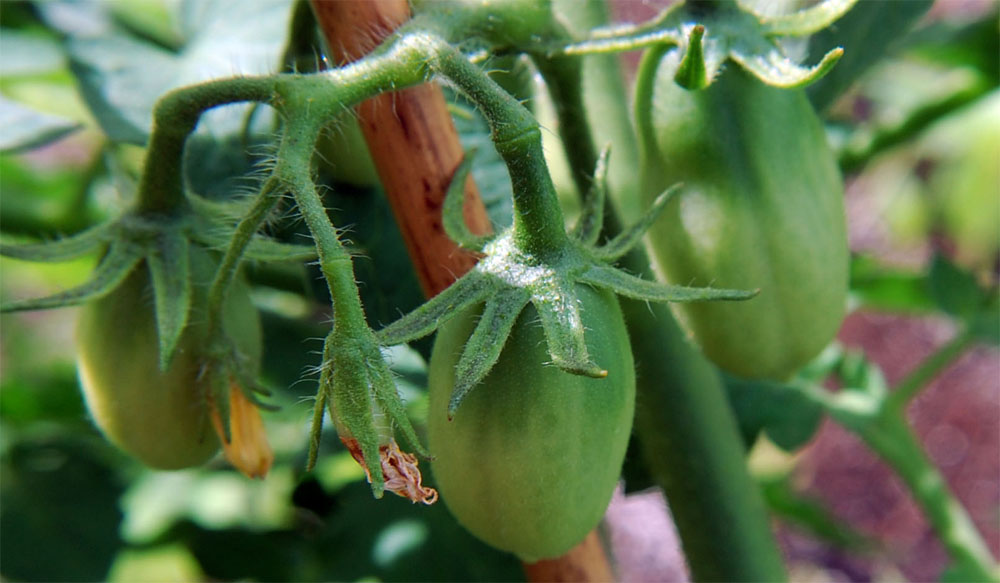1. Mark out the plot perimeter and divide the whole area into manageable chunks. Do not plan to do too much in one go, as this is a serious undertaking. Anyone who is unfit should consult a doctor first. Wear comfortable clothes, gloves to prevent blisters, and tough protective boots. Warm up first with other light work so your muscles are warm and, as we say in Norfolk: “Strip before you sweat and cover before you cool.”
2. Clear weeds from a patch of ground about 2-3 feet from the trench you are going to dig. This breaks both the digging and the clearing up into manageable chunks, making the task less boring and easier on the back. As you dig, move your arms and bend your knees, not your back.
3 Whatever tool you choose to dig with, take small “spits” or bites rather than huge ones.
4. Work methodically across the plot in strips, slicing first the edge and then the butt of each spit before lifting it up, inverting it, and smashing it down again to shatter it into small clods. Clods can be broken up further with a slap from the back of the spade or a whack with the pitchfork. Remove any roots or debris as you go along and throw into two buckets or barrows. Roots can then be burnt, or rotted under water and later composted. Debris such as stones, bricks, bottles, etc. put to one side for using as hard core, post-hole filling or concrete mixing. Reserve plastic, wire, and old batteries (surprisingly prolific in some gardens! to be safely disposed of.
5. To make the digging process easier, it helps if the first strip of soil spits are dug out onto a plastic sheet or into a wheelbarrow and put to one side.
6. For best results, break up the bottom of each trough before refilling. You can use the spoil from the first strip to fill in the last strip. Either wheel it in place or if the plot is to be worked in two halves, first one way then the other, the spoil will be close by the finish.
7. You may wish to incorporate manure or compost while digging. Fairly wet or claggy manure and compost may be forked into the bottom of each trough as it is broken up. Alternatively, you can spread it over the surface some weeks before digging to break it down further and then mix it in with the topmost layer when it is dug over. Other enhancements such as sand to improve drainage, burnt clay to improve fertility and water-holding, ground rock dusts, such as lime or rock phosphate, as well as wood ash or fertilizer may all be mixed in now. They are usually of most benefit when worked into the upper soil layer, rather than being buried deeply or inserted as a discreet layer. Dried sorts are most uniformly mixed in by spreading them on top of the ground before digging starts.
8. Skim off the surface from the next strip of spits and deposit in the first trough, then dig and turn as before.
9. When you reach the edge of the patch to be dug, wheel the topsoil saved from the first trench to fill the last.
10. The final result should ideally be reasonably flat, uniformly bare soil with few enormous clods or roots sticking up. It is important to give the soil time to consolidate again before introducing plants, as few like to encounter slumping soil or hollow air pockets. In the meantime, do not neglect weed control¡ªweeds are likely to appear in multitudes. You are now ready to create any kind of garden you want including one where you grow your own food!



